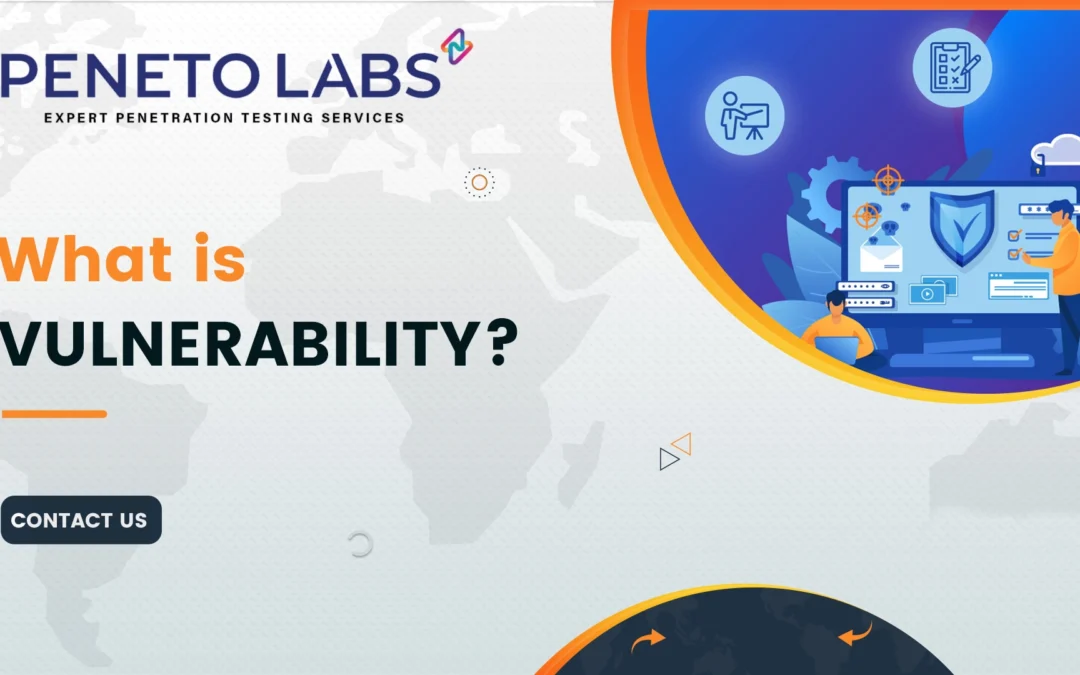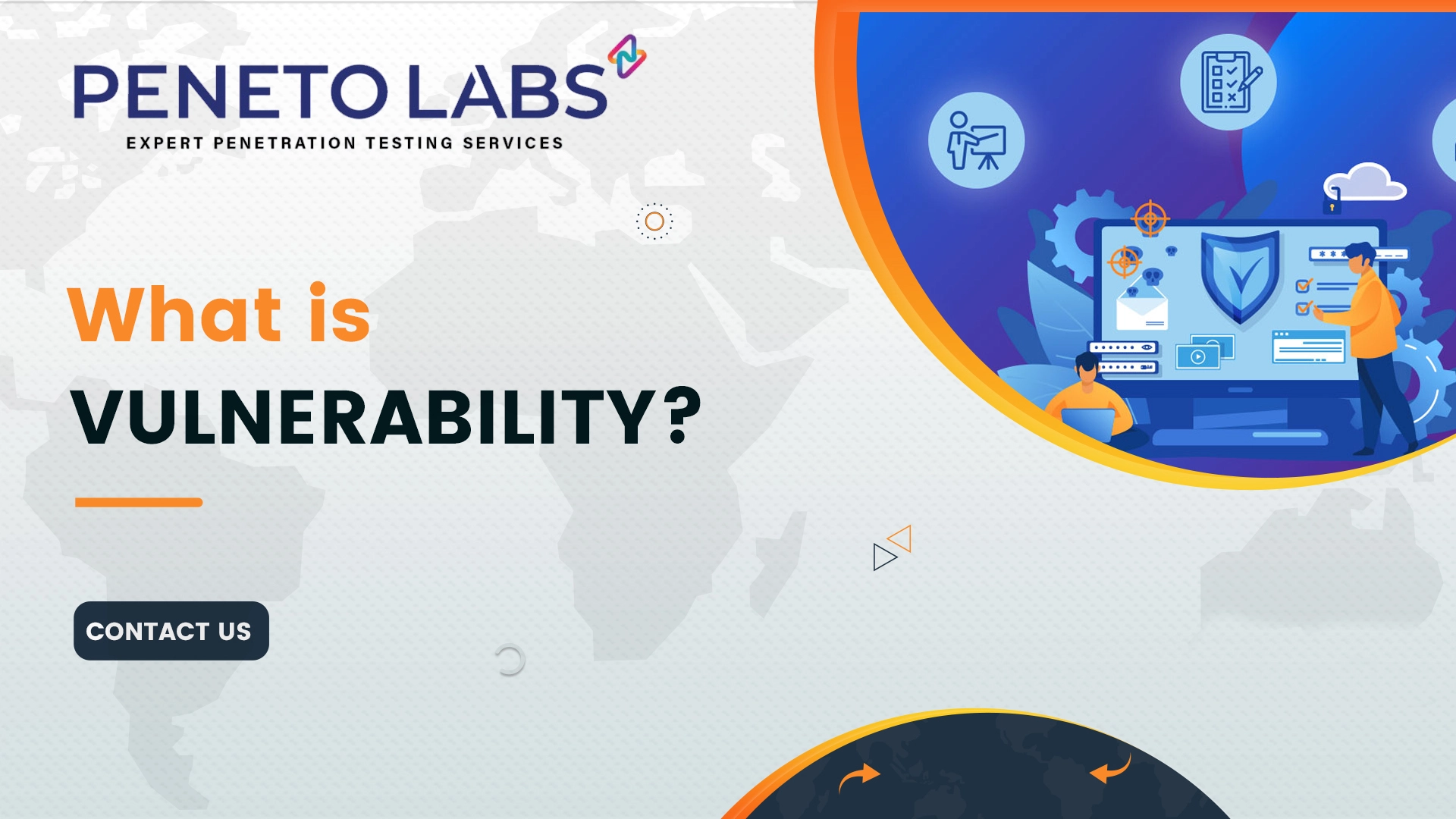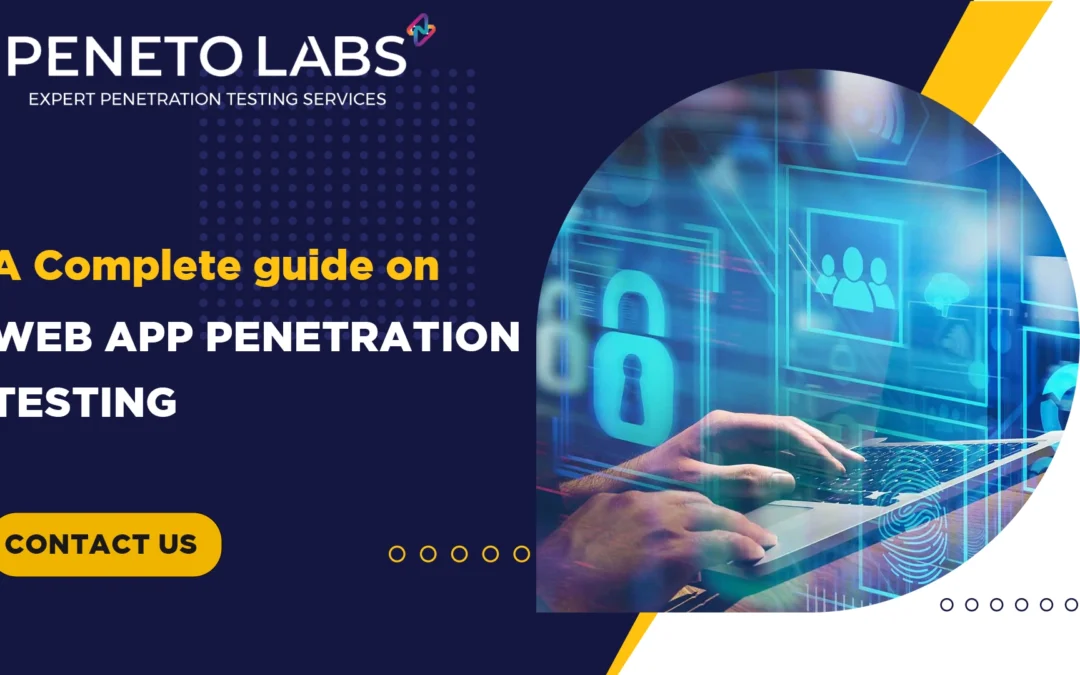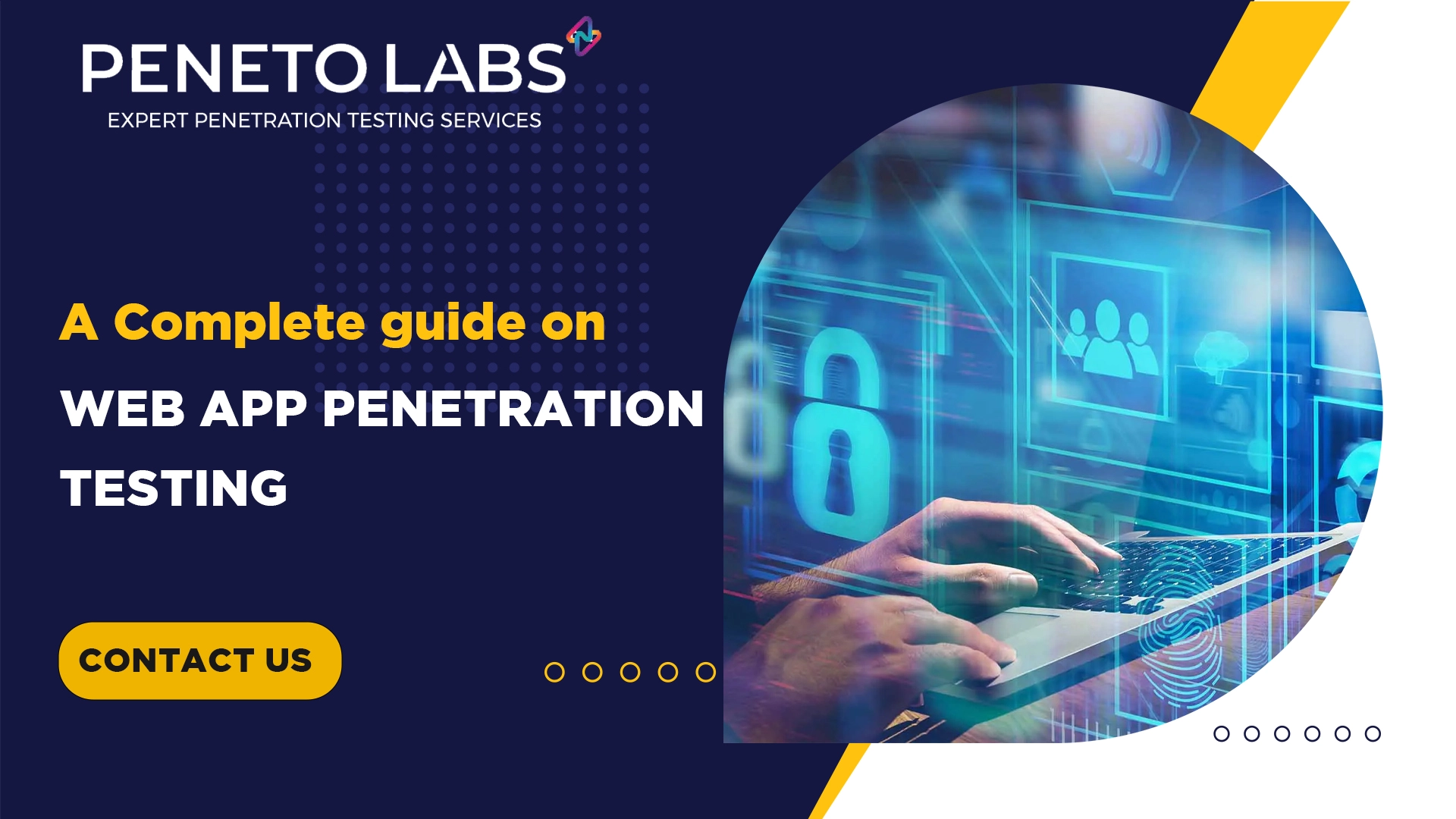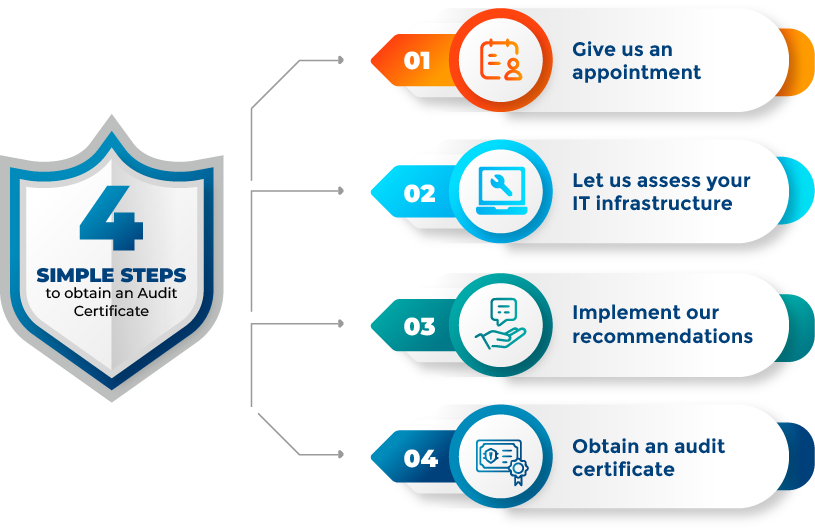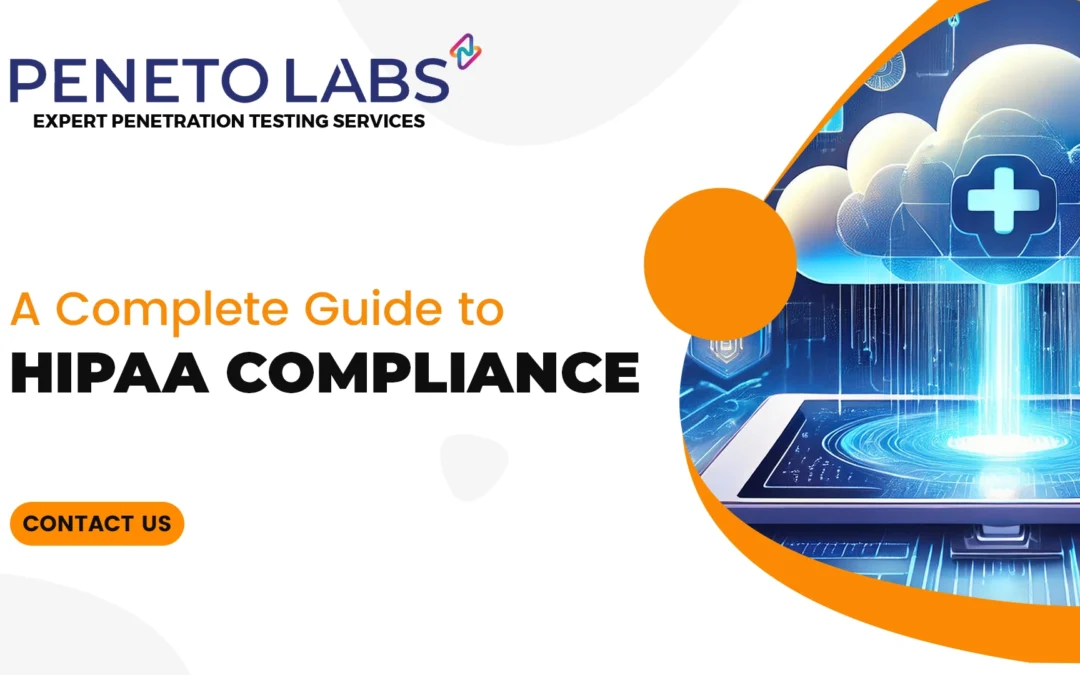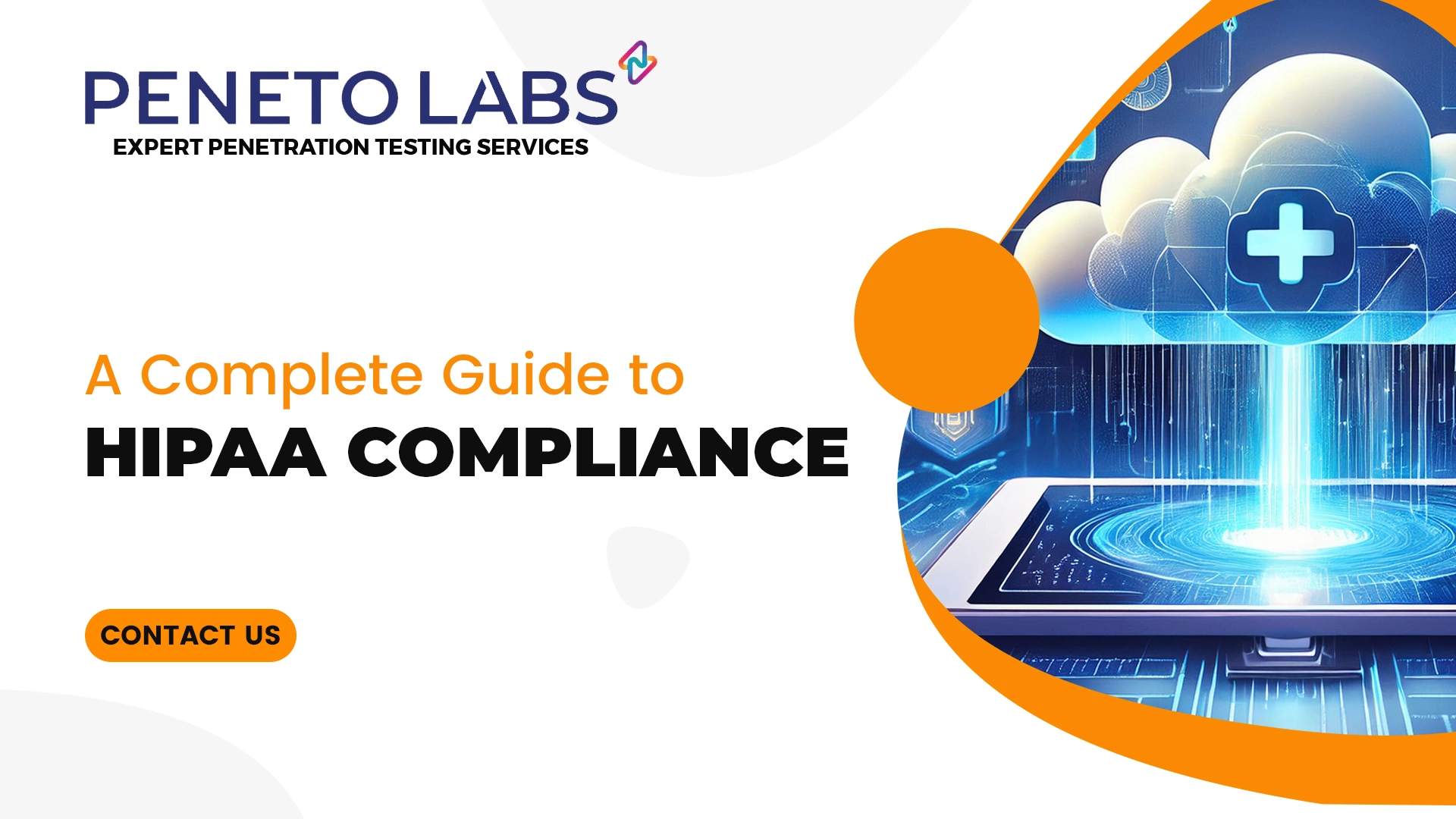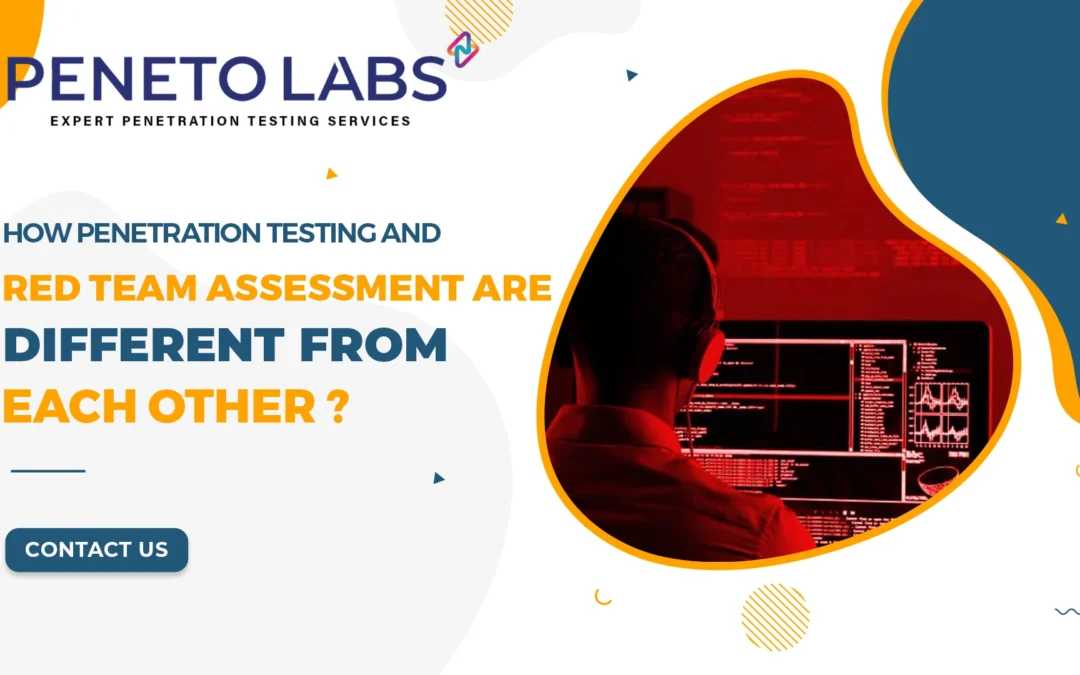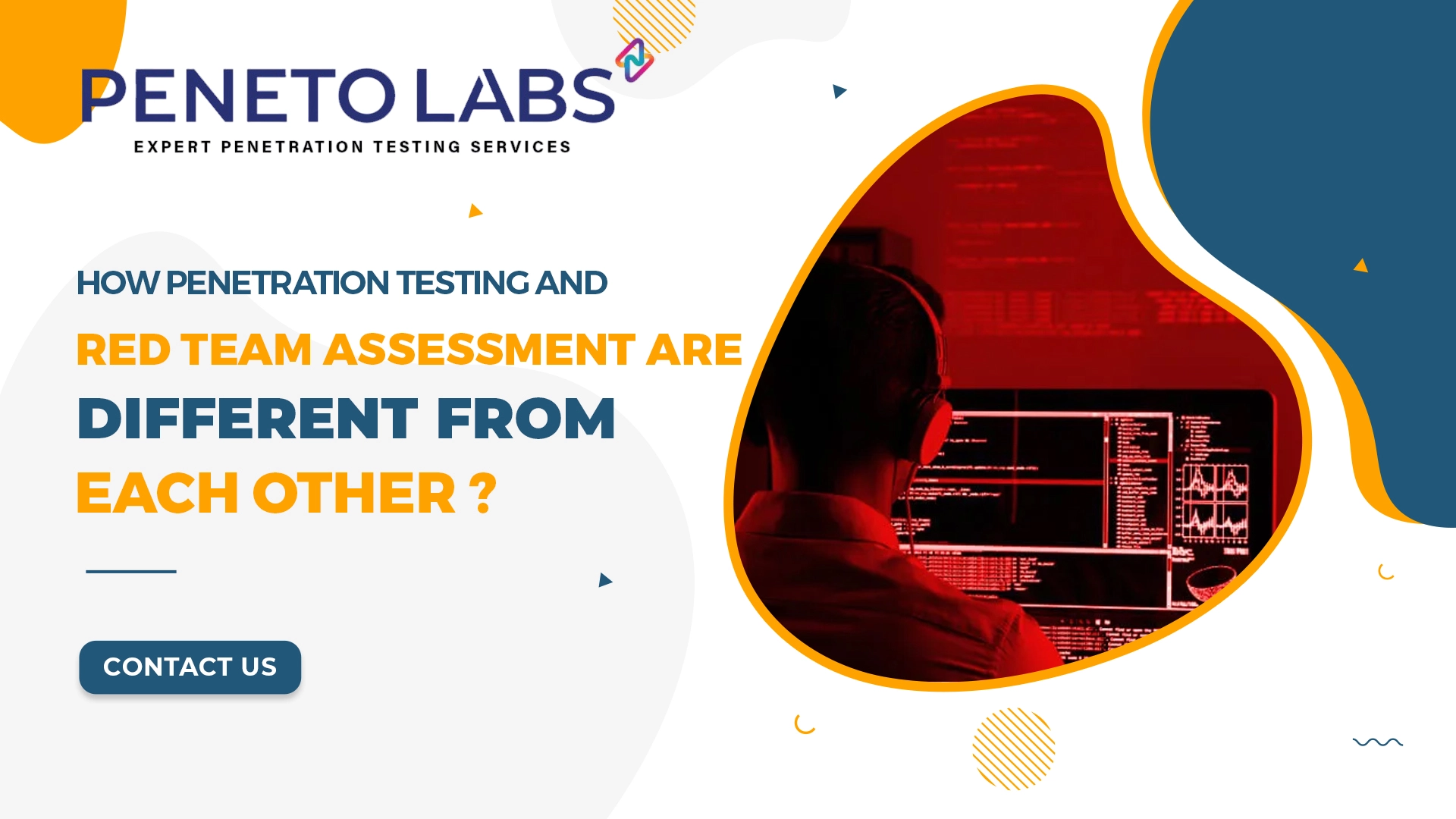
Top 10 Tools for Web Application Penetration Testing
by Pradeep R | Jan 30, 2025 | Penetration Testing
Top 10 Tools for Web Application Penetration Testing

Web applications are the backbone of our digital world, enabling everything from online shopping to social networking. However, with this convenience comes the ever-present threat of cyberattacks. Security breaches can lead to severe consequences, including data theft, financial loss, and reputational damage. To mitigate these risks, organizations must invest in penetration testing, a proactive approach to uncover vulnerabilities in web applications before attackers exploit them.
To conduct effective web application penetration testing, cybersecurity professionals leverage specialized tools designed to mimic real-world attacks and identify security flaws. In this blog, we will explore the top 10 tools for web application penetration testing, detailing their capabilities and benefits to help you understand why they are indispensable for securing digital assets.
1. Burp Suite
Key Features:
- Intercepting Proxy: Captures and modifies requests between the browser and the server, helping identify insecure data transmissions.
- Scanner: Automates the detection of common vulnerabilities like SQL injection, cross-site scripting (XSS), and insecure direct object references.
- Intruder: Enables custom attack payloads for brute-forcing, parameter tampering, and fuzzing.
- Extensibility: Supports custom extensions via Java, Python, and Ruby to enhance functionality.
Fun Fact:
According to a 2023 report by PortSwigger, over 70% of professional penetration testers rely on Burp Suite, making it an industry favorite.
2. OWASP ZAP (Zed Attack Proxy)
ZAP, developed by the OWASP community, is a user-friendly, open-source penetration testing tool ideal for both beginners and experienced testers.
Key Features:
- Spidering: Maps the web application to uncover hidden endpoints.
- Active and Passive Scanning: Identifies vulnerabilities with minimal disruption to the application.
- Fuzzer: Tests input fields for injection vulnerabilities and validates error-handling mechanisms.
- Scripting Support: Custom scripts can be created in Python for advanced testing and automation.
Did You Know?
ZAP was recognized as the top open-source security testing tool by OWASP in 2023, cementing its reputation as a reliable solution for vulnerability detection.
3. Metasploit Framework
Metasploit is a versatile tool that goes beyond penetration testing to include exploitation and post-exploitation activities, making it a favorite among red teams.
Key Features:
- Exploit Database: A vast repository of exploits for various vulnerabilities.
- Payload Customization: Craft tailored payloads for targeted testing.
- Post-Exploitation Modules: Assess the extent of access and potential damage after gaining entry.
- Automation: Supports scripting for repetitive tasks, enhancing efficiency.
Highlight:
Metasploit’s autopwn feature simplifies complex multi-exploit scenarios, making it an invaluable tool for security assessments.
4. Netsparker
Netsparker is a dynamic web application security scanner known for its accuracy and minimal false positives.
Key Features:
- Automation: Fully automated scans for web applications, including SPAs and multi-step forms.
- Proof-Based Scanning: Verifies vulnerabilities by exploiting them in a controlled environment.
- Integration: Seamlessly integrates with CI/CD pipelines and bug tracking tools.
- Custom Reporting: Generates detailed, actionable reports.
Statistic:
A 2022 study found that Netsparker identified 98% of known vulnerabilities in tested applications, demonstrating its reliability.
5. Nikto
Nikto is a lightweight, open-source scanner that excels in identifying common web server vulnerabilities.
Key Features:
- Comprehensive Scans: Detects outdated software, insecure files, and server misconfigurations.
- Plugins: Regularly updated to address emerging threats.
- Ease of Use: Accessible via a simple command-line interface.
Fun Fact:
Nikto has been downloaded over 2 million times, highlighting its enduring relevance in the cybersecurity field.

Why Peneto Labs is the Best Choice for Mobile Application Penetration Testing?
- Peneto Labs is empanelled by CERT-In, our audit certifications come with the highest level of credibility.
- With certifications like OSCP, OSCE, GWAPT, GXPN, and CRT, Peneto Labs consultants bring world-class expertise to every assessment.
- Our assessments follow Proven Methodologies like OWASP, NIST, PTES, and MITRE, for high-quality results.
- Our assessments mimic Real-World Hacker Techniques, providing deeper insights into your organization's vulnerabilities
- Remediation-Focused Reports with clear, actionable insights that help you remediate issues.
- Trusted by brands like Aditiya Brila, Axis Finance, Federal Bank, GEOJIT, LYCA, etc.

6. Acunetix
Acunetix is a premium automated vulnerability scanner favored by enterprises for its speed and accuracy.
Key Features:
- Advanced Scanning: Detects over 7,000 vulnerabilities, including SQL injection and XSS.
- Interactive Dashboards: Provides actionable insights and detailed remediation guidance.
- DeepScan Technology: Handles modern web technologies like single-page applications.
- Compliance Reporting: Offers pre-configured reports for standards like PCI DSS and ISO 27001.
Case Study:
A leading e-commerce platform reduced security incidents by 40% in six months after adopting Acunetix.
7. SQLmap
SQLmap specializes in detecting and exploiting SQL injection vulnerabilities, one of the most common attack vectors.
Key Features:
- Database Enumeration: Extracts database names, tables, and columns to identify sensitive data.
- Custom Payloads: Supports advanced injection techniques.
- Database Support: Compatible with major database systems, including MySQL and Oracle.
- Automation: Simplifies the process of testing for SQL injection vulnerabilities.
Did You Know?
SQL injection attacks account for 20% of all web application breaches, making SQLmap a crucial tool for testers.
8. W3af
W3af (Web Application Attack and Audit Framework) is a versatile, open-source tool for vulnerability discovery and exploitation.
Key Features:
- Comprehensive Coverage: Detects vulnerabilities like XSS, CSRF, and buffer overflows.
- Extensibility: Supports custom plugins for tailored testing.
- Integration: Works with tools like Metasploit for end-to-end testing.
- Graphical Interface: Offers a GUI for ease of use.
Fun Fact:
W3af is often called the “Swiss Army Knife” of web application testing due to its extensive feature set.
9. Arachni
Arachni is a high-performance, open-source framework for vulnerability scanning in complex environments.
Key Features:
- Distributed Scanning: Ideal for large-scale assessments across multiple systems.
- Multi-Language Support: Handles applications built in PHP, Java, Ruby, and more.
- Modular Architecture: Allows custom test cases through plugins.
- Advanced Reporting: Provides detailed, prioritized remediation steps.
Highlight:
Arachni’s ability to detect logical vulnerabilities, such as flaws in authentication mechanisms, sets it apart.
10. Veracode
Veracode combines static and dynamic testing methodologies for comprehensive application security testing.
Key Features:
- Static Analysis: Identifies code vulnerabilities without execution.
- Dynamic Analysis: Detects runtime issues through real-time testing.
- Scalability: Handles enterprise-level testing with ease.
- Integration: Works seamlessly with development pipelines for continuous security.
Did You Know?
Veracode is trusted by 80% of Fortune 100 companies, reflecting its effectiveness and reliability.
Don’t Let Hackers Win—Secure Your App Now!
Get our exclusive Web Security Checklist, and take the first step toward a safer web application!

Factors to Consider When Choosing a Web Application Testing Tool
Selecting the right web application testing tool is critical for ensuring the performance, functionality, and security of your application. With the plethora of tools available in the market, choosing the right one can be challenging. Here are the key factors to consider:
- Functional Testing: If your focus is on verifying the functionality of the application, tools like Selenium, TestComplete, or Playwright may be suitable.
- Performance Testing: For stress and load testing, consider tools like JMeter, LoadRunner, or Locust.
- Security Testing: To address vulnerabilities, tools like Burp Suite, OWASP ZAP, or Acunetix are ideal.
- Compatibility Testing: Tools like BrowserStack or Sauce Labs are effective for cross-browser and cross-platform testing.
- Consider tools with an intuitive interface and a shallow learning curve if your team includes beginners.
- Tools with built-in tutorials, documentation, and support can significantly ease adoption.
- Opt for tools that support automated testing to save time and effort, especially for repetitive tasks.
- Look for support for multiple scripting languages, such as Python, Java, or JavaScript.
- For Agile and DevOps workflows, ensure the tool integrates seamlessly with your CI/CD pipeline and tools like Jenkins, GitLab, or Bamboo.
- Choose a tool that can handle the current size and complexity of your application and scale as your needs grow.
- Evaluate the pricing model of the tool: open-source, subscription-based, or one-time purchase.
- Consider the budget constraints of your organization while assessing the features offered.
- Ensure the tool supports the platforms and technologies used in your application, such as web frameworks, programming languages, and databases.
- Some tools offer more customization options to tailor test cases and reporting to your specific requirements.
- Look for tools with robust reporting features, including real-time dashboards, actionable insights, and easy export options.
- Tools with an active user community and comprehensive documentation are valuable for troubleshooting and updates.
- Opt for tools that offer free trials or demo versions so you can evaluate their features and compatibility before committing.
- For web applications handling sensitive data, prioritize tools that support security testing and adhere to industry standards.
Choosing the right web application testing tool requires a clear understanding of your testing objectives, application complexity, and organizational needs. Evaluate tools based on the above factors, compare them, and select the one that aligns best with your requirements.
Why Choose Penetolabs for Your Web Application Testing Needs?
Choosing the right cybersecurity partner is crucial for protecting your web applications and business assets. At Penetolabs, we combine expertise with innovative tools like those mentioned above to deliver unparalleled penetration testing services
- Certified Experts: Our team comprises certified ethical hackers and seasoned penetration testers.
- Comprehensive Testing: We use the best tools and methodologies to ensure no vulnerability goes unnoticed.
- Custom Solutions: Tailored testing strategies to meet your unique security requirements.
- Actionable Insights: Detailed reports with step-by-step remediation guidance.
- Proven Track Record: Trusted by businesses across industries for delivering reliable security solutions.
Secure your web applications with confidence. Contact Penetolabs today to fortify your digital assets against emerging threats and ensure the safety of your users.
By leveraging these top 10 tools and working with a trusted partner like Penetolabs, organizations can stay ahead of cyber threats and maintain robust web application security.

